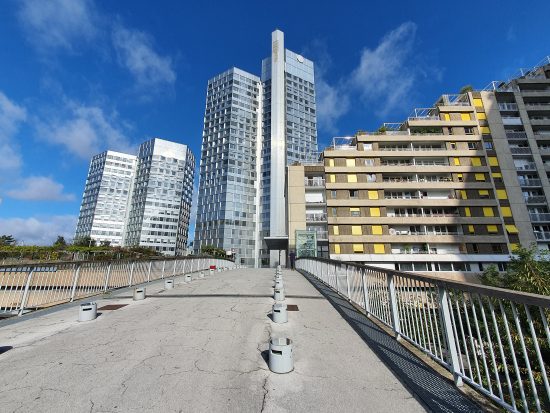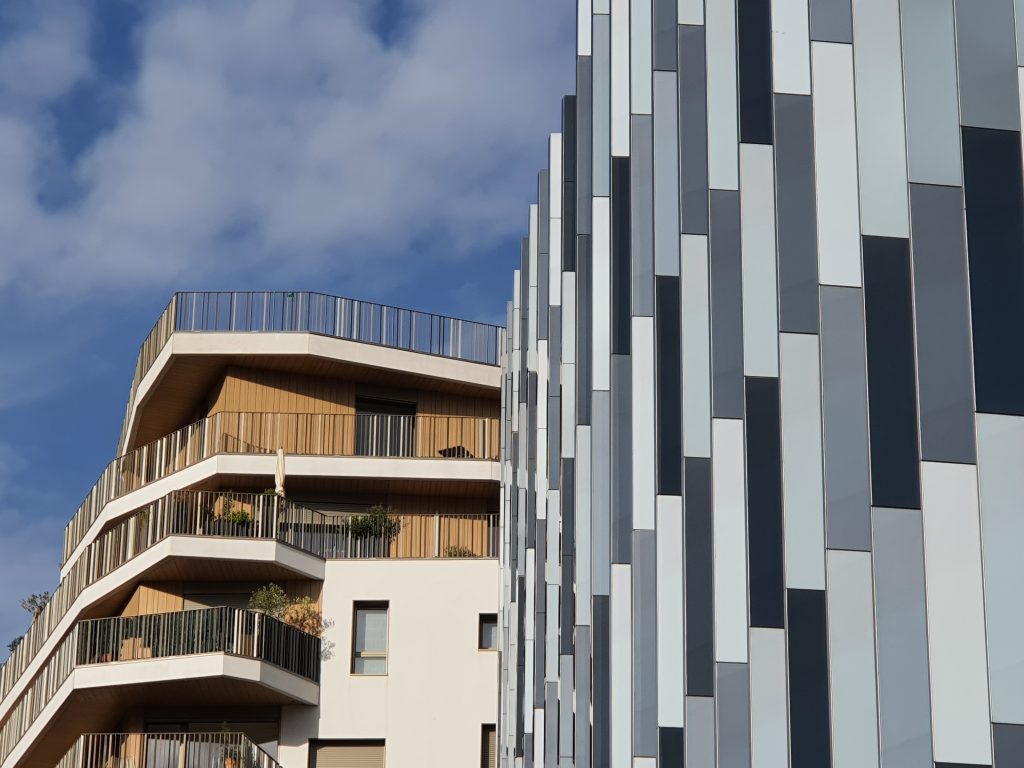The Samsung Galaxy Note 10+ is the non-5G version of the Note 10+ 5G (for which we published a comprehensive review in September). Like its sister model, the Note 10+ LTE version is a premium device and comes with an Exynos 9825 chipset, a large 6.8-inch AMOLED display, and 12Gb of RAM. The main camera on the rear features a four-sensor setup: a standard 26mm primary camera accompanied by a 13mm ultra-wide camera, a 52mm tele-lens, and a dedicated time-of-flight (ToF) sensor for depth estimation in Portrait mode. In this short review, we focus on the differences between the Note 10+ LTE version and its 5G sister model. (For the full picture, we recommend you read our much longer review of the latter.)
Key camera specifications:
- Quad-camera, including ToF sensor
- Primary: 12Mp sensor with 1.4µm pixels, 26mm (equivalent) variable-aperture f/1.5-2.4 lens, dual-pixel AF, OIS
- Ultra-wide: 16Mp sensor with 1.0µm pixels, 13mm (equivalent) f/2.2-aperture lens
- Tele: 12Mp sensor with 1.0µm pixels, 52mm (equivalent) f/2.1 aperture lens, PDAF, and OIS
- 4K video, 2160p/60fps (2160p/30fps default)
Test summary


At 117 point for its Overall score and 126 points for its Photo score, the Samsung Galaxy Note 10+ achieves the same high DXOMARK marks as the Note 10+ 5G. The LTE model shows some slight improvements in Night mode, while the field of view of its ultra-wide-angle is slightly narrower and has more pronounced ringing than on the 5G. Given that the camera hardware is the same for the LTE and 5G models, the minor differences in results are likely due to firmware: the LTE was running a newer firmware version for our testing than the Note 10+ 5G when we tested it in September.
Other than that, photo performance is excellent across the board and pretty much identical to the 5G’s, thanks to consistently accurate exposures across lighting conditions, wide dynamic range, excellent color in most conditions, and a good trade-off between detail and noise. The zoom is capable of recording very high levels of detail with low noise at close range, but drops off slightly at longer zoom distances compared to the best zoom devices. Bokeh simulation in Portrait mode delivers generally very good results, with a pleasant blur effect; and the wide-angle camera delivers one of the best performances we have seen in outdoor conditions. It’s very good in indoor conditions as well, with distortion well under control, and only some ringing and chromatic aberrations visible in some situations.
The Note 10+ LTE is also one of the best in our new Night protocol, delivering excellent results with the flash forced on and good exposures in flash-off and flash-auto modes as well. Detail and noise could be improved when shooting in low light, however.
At 98 points, the Note 10+ LTE’s video score is slightly lower than the 5G’s (101). This is mainly due to more exposure and color instabilities, as well as some occasional focus breathing; the texture and noise measurements are slightly lower as well. The Galaxy Note 10+ LTE is still a great device for video, though, with fairly wide dynamic range, bright and vivid colors, and good detail in its 4K footage. The stabilization system is very effective as well, making for steady and smooth movie recording.
Conclusion
The Samsung Galaxy Note 10+ LTE’s imaging performance is pretty much on the same level as the outstanding Note 10+ 5G. There is virtually no difference between the two models for still images, and although its Video score is slightly lower, the Note 10+ LTE is still an excellent choice for mobile photographers and video shooters alike. It also saves you a good chunk of money if you can live without the 5G connectivity of the more expensive model. Overall, the device’s camera provides top-level imaging performance in almost all areas and is an easy recommendation to anyone looking for a powerful all-round smartphone.
Photo
Pros
- Fast, accurate, and repeatable autofocus
- Accurate target exposures outdoors and indoors with wide dynamic range
- Pleasant bokeh with natural blur gradient and good bokeh shape
- Nice colors and good white balance in almost all conditions
- Vivid and pleasant color in most conditions
- Good zoom detail at close and medium range
Cons
- Loss of acutance in the field
- Luminance noise in low light
- Unnatural color rendering of skies in high-contrast scenes
- Loss of detail in long-range zoom
Video
Pros
- Good detail rendering in bright light and under indoor conditions
- Well-controlled noise in outdoor conditions
- Generally good target exposure
- Bright and vivid colors in bright light and indoors
- Fast, accurate, and repeatable autofocus
- Effective stabilization system
Cons
- Some exposure and white balance instabilities in the lab
- Strong coarse noise in low light
- Loss of texture in low light
- Some focus breathing and stepping when tracking a subject under lab conditions
The post Samsung Galaxy Note 10+ camera review appeared first on DXOMARK.




